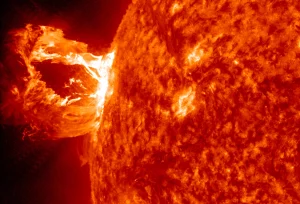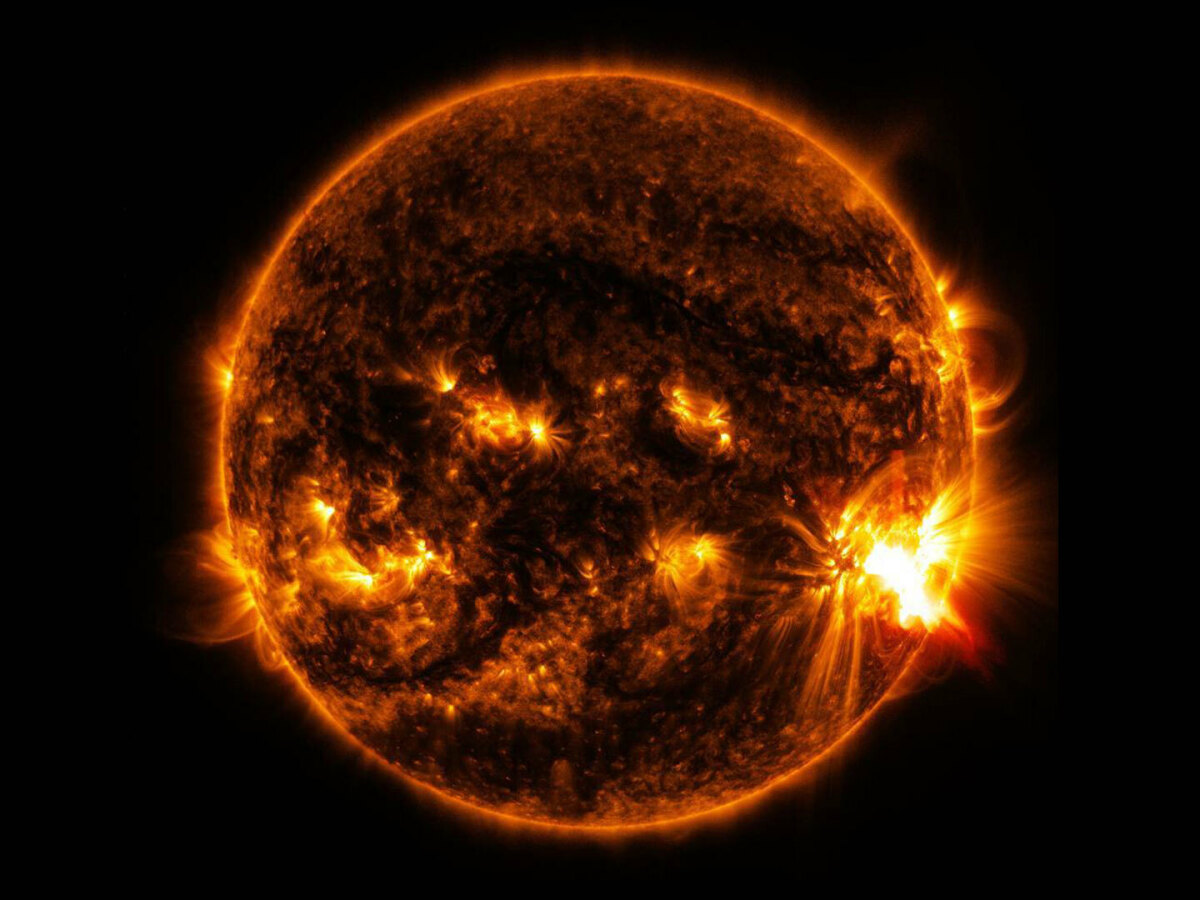Understanding Solar Flares
Solar flares are powerful bursts of radiation that occur on the Sun’s surface. They are caused by the release of magnetic energy stored in the Sun’s atmosphere. These flares can vary in size and intensity, but the recent event marked one of the largest recorded in recent years.
The Magnitude of the Solar Outburst
Scientists at [observatory/institution] detected the colossal solar flare on 2024. The flare registered as an [X-class/M-class] event, denoting its extreme strength. Its magnitude was exceptional, significantly surpassing previous solar eruptions observed in the past decade.
Impact on Radio Signals
One of the immediate effects of this immense solar flare was the disruption of radio signals on Earth. High-frequency radio communications, including satellite communications and navigation systems, experienced interference and interruptions. Amateur radio operators reported difficulties in transmission and reception during the peak of the flare’s impact.
Geomagnetic Storms and Auroras
The solar flare triggered a geomagnetic storm upon reaching Earth’s magnetic field. These storms are caused by disturbances in the magnetosphere, leading to spectacular auroras visible at higher latitudes. The charged particles interact with the Earth’s atmosphere, producing dazzling displays of light known as the Northern and Southern Lights.

Potential Implications and Precautions
While the disruptions were temporary, the event raised concerns about the vulnerability of our technological infrastructure to such solar phenomena. Space agencies and satellite operators closely monitored their systems, implementing precautionary measures to safeguard against potential damage.
Scientific Investigations and Predictive Models
Researchers seized the opportunity to study the solar flare in detail, gathering invaluable data to improve predictive models for future solar events. Understanding these phenomena is crucial for developing early warning systems and mitigating potential risks posed to our technology-dependent society.
Historical Context and Comparative Analysis
This solar flare, though significant, isn’t without precedence. Past solar eruptions, such as the Carrington Event of 1859, caused widespread disruptions to telegraph systems. By comparing historical events with the recent flare, scientists aim to assess the potential societal impact of similar occurrences in the modern age.

Conclusion
The recent colossal solar flare served as a stark reminder of the Sun’s immense power and its influence on our technological infrastructure. While the disruptions caused by this event were temporary, they underscore the importance of ongoing research and preparedness in mitigating the potential impact of future solar eruptions on our interconnected world .As scientists continue to delve into the intricacies of solar activity, the hope remains to develop robust systems capable of weathering the might of our dynamic and ever-unpredictable Sun.




